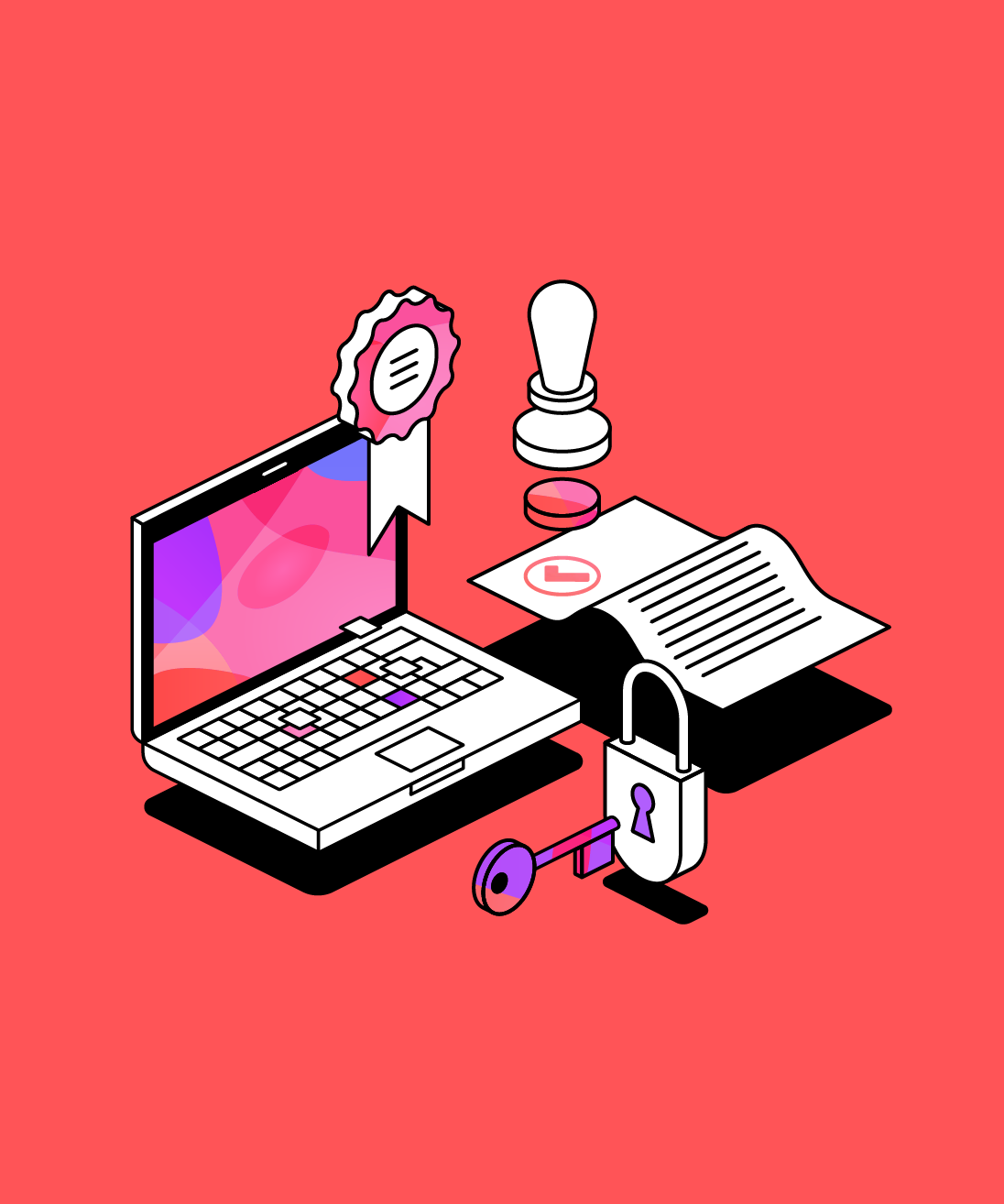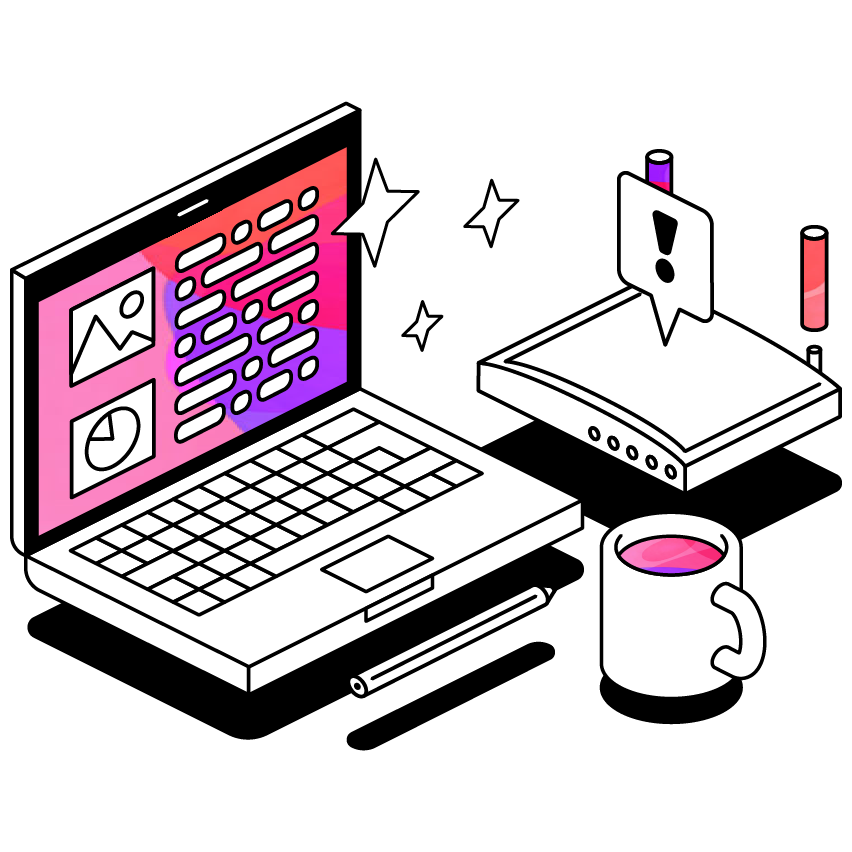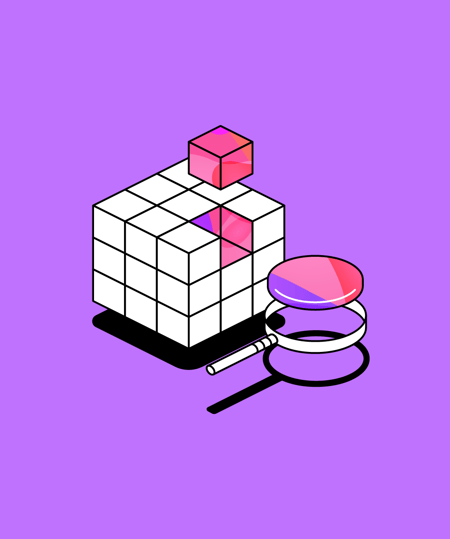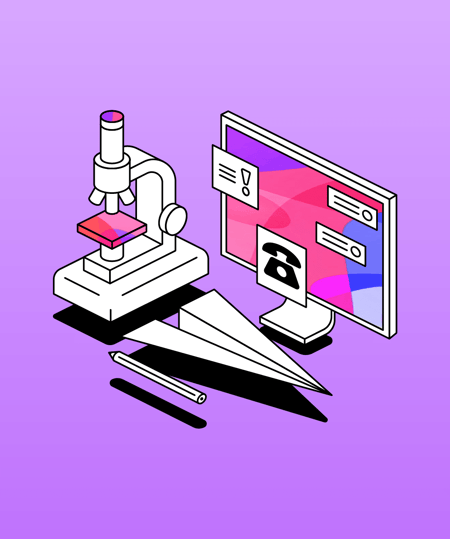Access All Areas: Northwestern University on Promoting UDL with Faculty
In this second part of our interview with Jim Stachowiak, he discusses how Disability Services staff can help to promote UDL across campus, and the importance of forming partnerships that help expand your reach and influence.
 4 min read
4 min read
 Published: 14 Feb 2024
Published: 14 Feb 2024
 Chileshe Jackson
Chileshe Jackson


Jim Stachowiak is the Accessible Technology Strategy and Operations Lead at Northwestern University. Passionate about Universal Design for Learning, Jim has been instrumental in raising the profile of accessibility at Northwestern. He believes that assistive technology can be a valuable tool for promoting UDL in higher education.
What do you think Disability Services can do to promote UDL on their campus?
As a disability service office, it's really hard to make progress promoting it on campus by yourself. The key is to form partnerships with people who can advocate the message about the importance of designing courses for folks on the margins and how utilizing some of these technology tools can benefit everybody.
We found a lot of success in working through several groups. We partnered with the Teaching and Learning Technologies Group, the Distance Learning Group, and the Libraries. When we got together and started promoting UDL concepts as one unit and one voice for the university, that expanded the understanding and awareness on campus.
Prior to that, we were getting 10 to 12 people a year coming to some of our related activities. But when we partnered with all of these groups and put together what we call the Practicum, which we turned into an open educational resource as well, we had 250 participants in a year.
Disability Services folks definitely understand and push the idea that using UDL for course design benefits everybody. However, my biggest advice is to find partners and expand your reach by working with other units. Everybody’s got audiences that they can bring to the table and you can maintain a collaborative approach of delivering the message and creating one voice.
What inspired your journey with UDL?
Our students were the driving factor. We saw a great increase in the number of students coming to our office for accommodations and were averaging an 11% year increase in students coming to ANU.
To put that into context, when I started here about eight years ago, we had under 1,000 students, but in our most recent report, we had over 2,000 students registered with us!
When you’re sending out that many individual oil changes that need to be made to courses, it can lead to frustration from the instructors. In return, this can open room for discussion on how there’s a need to change the design of the course to benefit all students.
I’d also say the pandemic was really when it took off. Instructors were experiencing barriers with technology at that point. I think it really opened their minds to, “Hey, there's another way to do this”. And we've started to see some more of that approach on campus.
We knew there was also a number of students who had not registered that could also benefit from UDL in some courses. That's another thing that we throw out there; you probably have several students with disabilities or struggles that you don't know about.
And as we've seen that increase in psychological conditions as well, more universally designed courses with better flexibility that benefit those students also.
Could you provide more insight into the groups involved in promoting UDL?
We partnered with five big groups to help us promote UDL on campus.
Teach and Learning Technologies Groups
We connected with the Teaching and Learning Technologies groups (who run our learning management system Canvas) and work with instructors directly on supporting them with technology, e.g. in the classroom. They also have a wide reach that helped us promote UDL on campus.
Center for Teaching
We worked with the Center for Teaching team, who have a big outreach component to instructors.
Distance Learning
Distance Learning is another one that had some folks who were interested in UDL for their distance learning purposes. So they brought that perspective into it and were able to share how implementing some of these principles in a distance learning component could be impactful.
Librarians
Our librarians were able to point out different perspectives like “hey, you know, this book is great, but, maybe let's find some videos that share the same type of ideas that we could put in there or some podcasts that we could add to your course as well” so that students can take things in, in different formats.”
Library Systems
Lastly, we partnered with our library system. Several librarians work with different specific subjects, and that was a way that we could promote and work with making sure you're providing formats in multiple or information in multiple formats for people. And, they were also helpful in ensuring that the documents that they shared with instructors to put on their courses were digitally accessible to read and write as a tool that we use the immersive reader on Canvas.
Advice for other universities facing challenges in promoting UDL and launching Glean?
I think that the biggest challenge we faced when launching Glean was the instructors' reluctance to be recorded. Although their attitudes changed after they spent a year and a half recording everything and posting it online, there is still some resistance.
To address this, I suggest having a solid plan in place to alleviate the instructors' concerns. It's easier when it's seen as an accommodation. We're currently working on making Glean a universal design for learning tool accessible to all students, but we're running into roadblocks.
We know that many instructors will be very concerned about being recorded if it's not mandated as an accommodation. So we're trying to figure out how to best approach this politically to roll out Glean as more of an inclusive approach.
I would work with the general counsel to come up with an agreement that ensures students understand that the recordings are for note-taking purposes only.
I would also be open to the idea that sometimes it may not be possible to use Glean in class. Some courses may not be suitable for recording, such as those where sensitive or controversial topics are discussed.
For example, in a course about undocumented immigration, the instructor was concerned that there may be undocumented students in that course, and recording them could be problematic.
Therefore, we agreed that there are topics where recording may not be necessary. Additionally, discussion-based courses don't tend to be high note-taking courses, so many students who request to use Glean in such classes don't end up using it.
Do you think that the faculty has become more open and receptive post the COVID-19 pandemic?
Absolutely 100%! The tools that we were forced to use during the pandemic have become a permanent part of our lives, even after the pandemic.
Although faculty members experienced difficulties dealing with technology-related issues during that time, we took advantage of the situation and used it as an opportunity to show them the difficulties their students might face online and in person.
We suggested ways to design courses that would provide flexibility and options to overcome those barriers. I think people are more open to these ideas now, mainly because of the tools they have experienced and the barriers they faced during the pandemic.
Any final, final words of advice?
We've noticed that students are more confident and our peer notes have decreased significantly. It's also easier for our office and saves time for our advisors, who can now spend more time with the students.
I'm a big fan of this solution and the students seem to like it as well. If you're thinking about using it, I would suggest starting at a small scale to get some data and convince administrators to support it.
This article is transcribed from a webinar held in August 2023.
More from Disability Services
View All
 4 min read
4 min read
Navigating budget restrictions: a comprehensive guide to maximizing departmental resources
Higher education professionals face increasing pressure to do more with less and maximize limited resources. In this article, we explore tips, strategies, and success stories for adopting assistive technology and effectively planning budgets.

 2 min read
2 min read
The power of inclusive language and technology
In a recent webinar, Leslie Smith, Manager of the Access Center at Volunteer State Community College, shared a powerful insight into the transformative impact of language and technology.

 3 min read
3 min read
The future of disability services in higher education
Disability services are experiencing significant change. To explore this, and how they may continue to evolve, we sat down with Christa Price, Assistive Technology Specialist at California State University, Northridge, and Aaron Holmes, Access Specialist at MiraCosta College.





